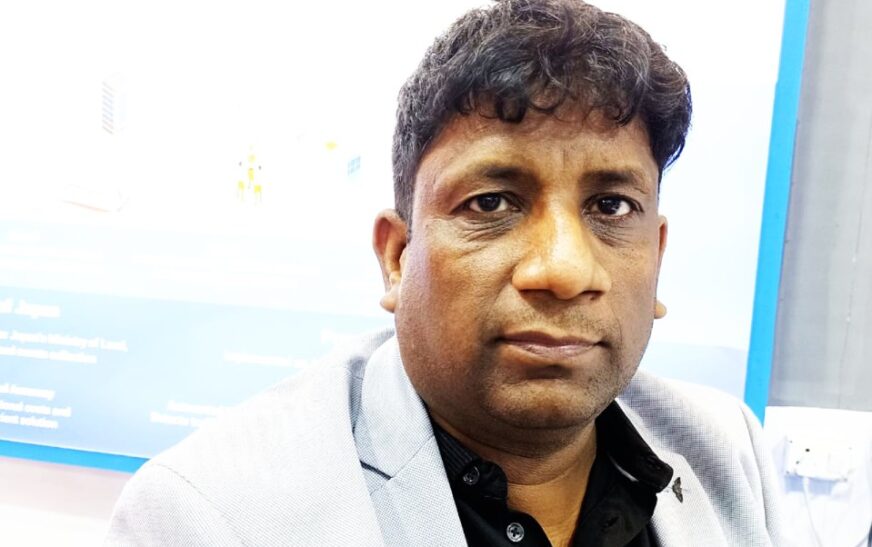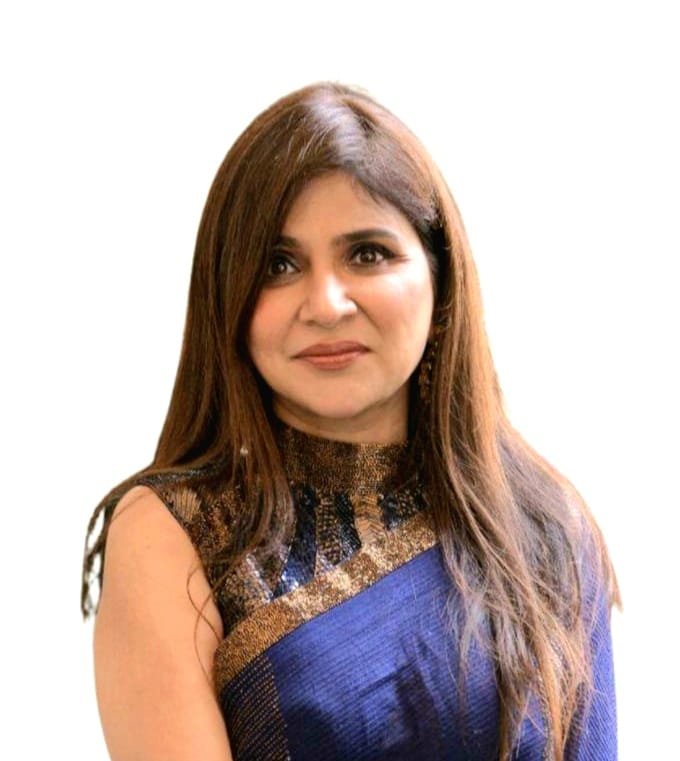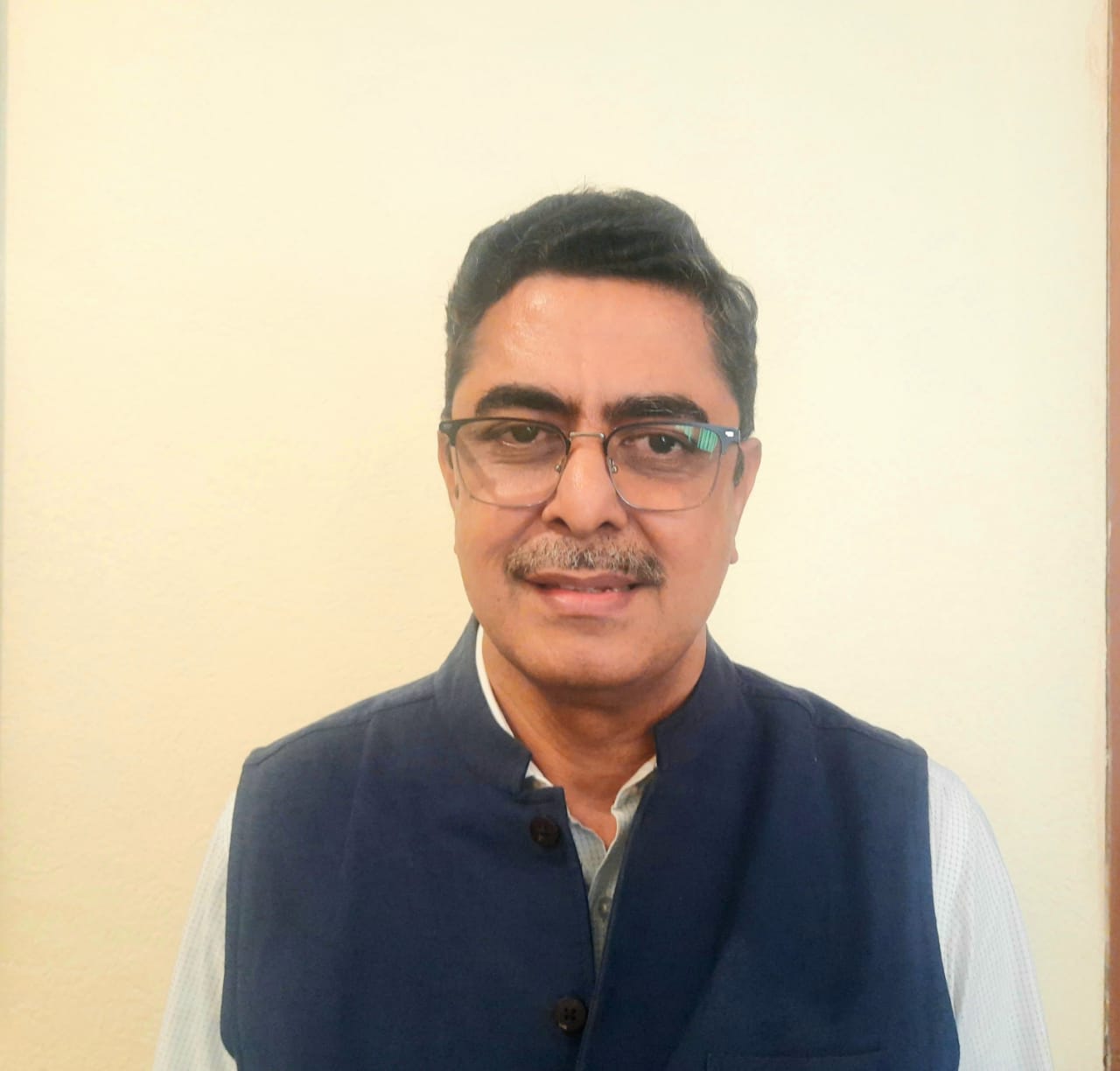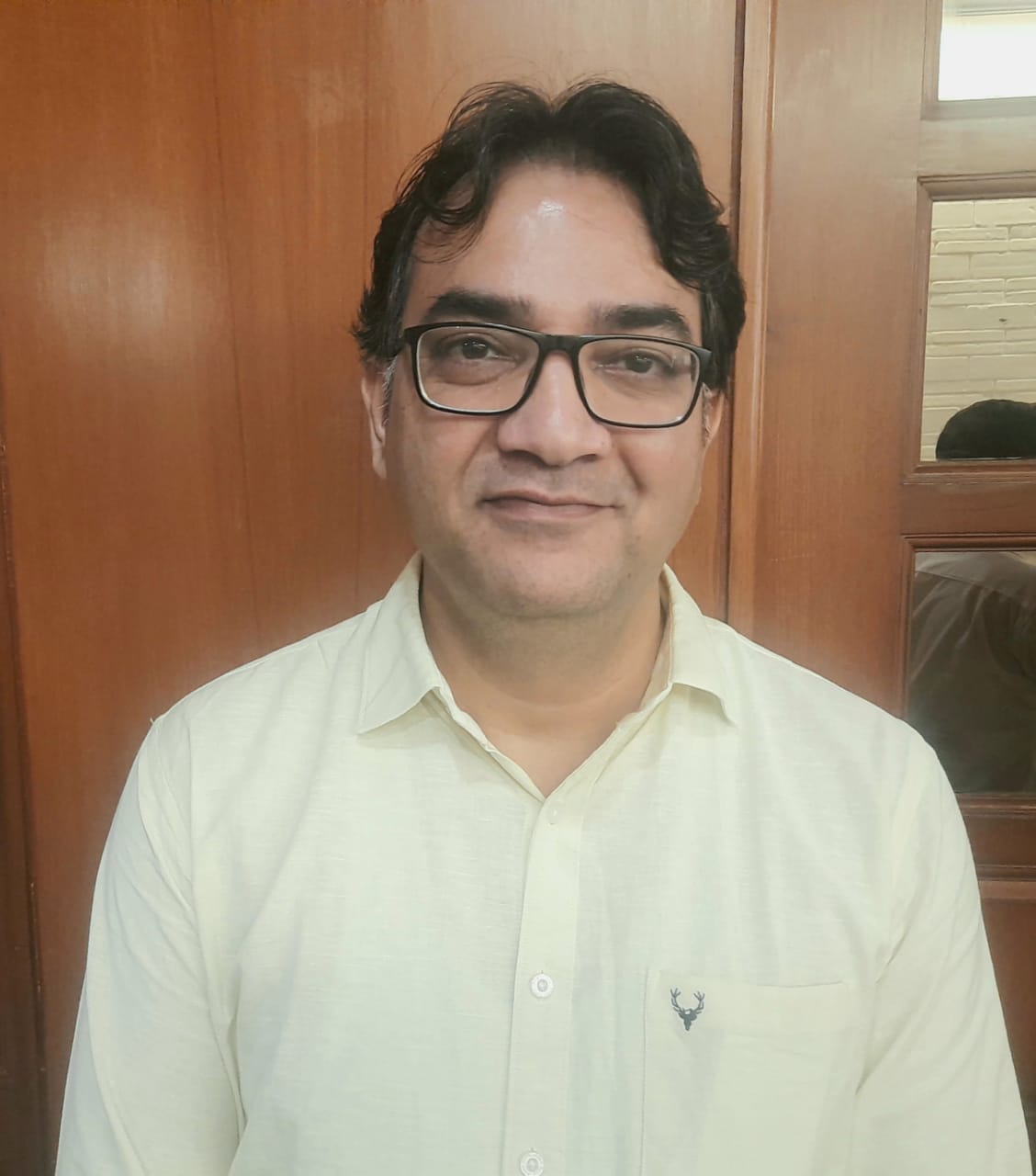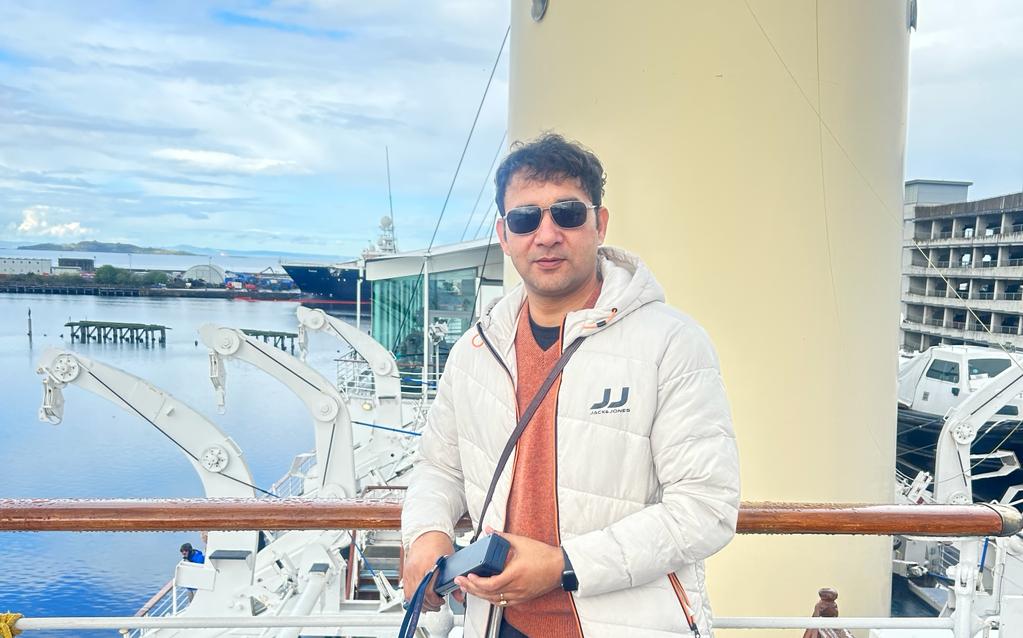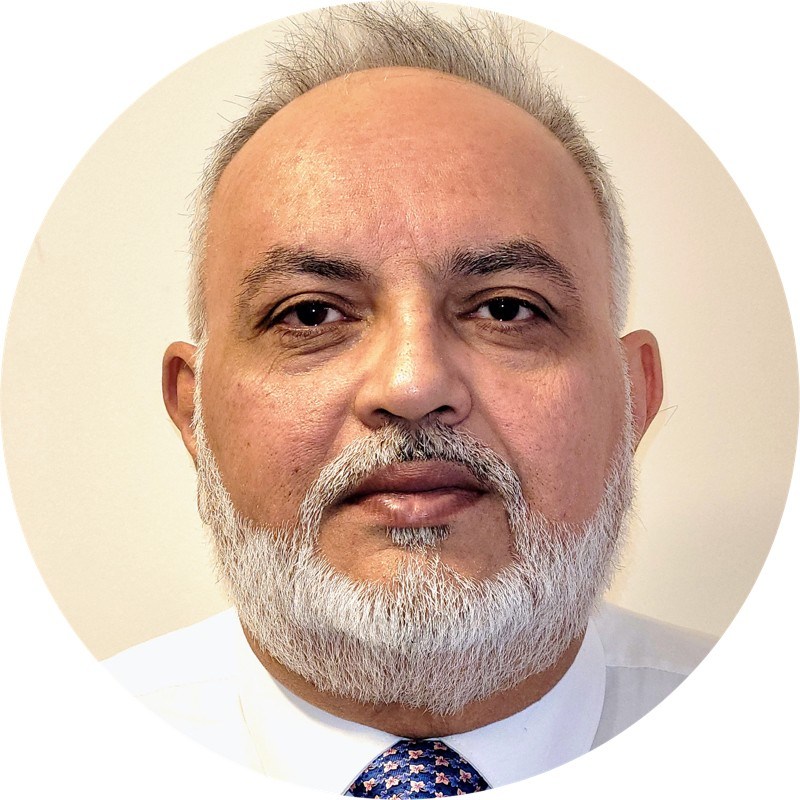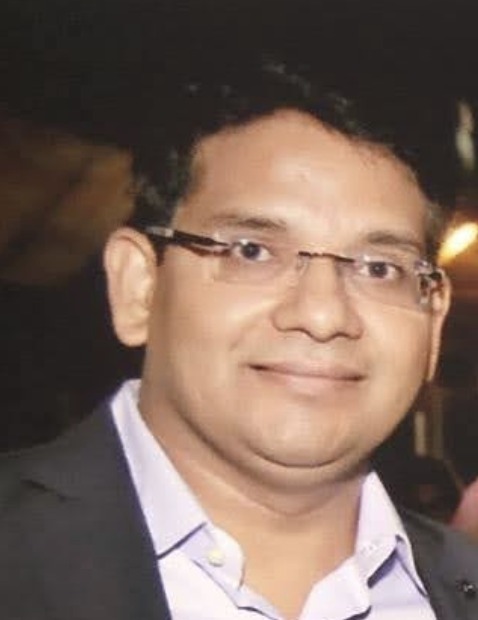Founded in 2018, Futops Technologies India Pvt. Ltd. started as a specialized tech team, working closely with strategic partners in Japan. Fast forward to today, Futops caters to a diverse, global clientele, offering innovative solutions across multiple countries. The company has developed a robust and scalable IoT and computer vision-driven Edge and Cloud AI Computing platform, specifically designed to tackle complex traffic challenges. This platform has been implemented in high-impact projects, including initiatives for the Japanese Government and smart city developments in India.
Futops thrives on blending experience design, advanced engineering, and cutting-edge cloud technology to create breakthrough products and software solutions that accelerate digital transformation. With deep expertise in open-source technologies, the company is at the forefront of crafting future-ready software, empowering industries to stay ahead of the curve. Their comprehensive software development services harness disruptive digital technologies, enabling businesses to adapt and excel in an increasingly digital world.
In an exclusive conversation with The Interview World, Abhinav Agarwal, Founder and CEO of Futops Technologies, delves into the game-changing tech his company is building to solve traffic issues. He also provides a glimpse into his work on smart city projects in India, shares the current business scale, and highlights the expansive global opportunities in these emerging technologies. Here’s a deep dive into the key insights from the conversation.
Q: Could you provide insights into the innovative technologies Futops is developing, and how these solutions are effectively addressing traffic challenges through automation?
A: At our core, we are working with cutting-edge technologies, and our success in Japan is a testament to that. Our platform, built on computer vision, AI, and machine learning, is unlike any other. It analyzes live footage captured by cameras deployed across roads and cities, automating critical law enforcement tasks and detecting violations such as driving without a helmet, riding with more than two passengers, driving against traffic, speeding, and more. These infractions are key contributors to accidents and injuries, and our goal is to support traffic departments in India’s smart cities by helping them address these issues head-on.
Recently, we completed a highly successful pilot, and we are now in advanced discussions for the next phase of deployment. This phase will not only automate violation detection but also provide invaluable data. With this data, traffic authorities can strategize and plan for the future—envisioning how technology can transform their operations over the next 20 years. Our work is driving smarter, safer cities, and laying the groundwork for future advancements in traffic management and law enforcement.
Q: Which smart cities and government organizations in India are leveraging your technology, following your successful deployments in Japan?
A: As I mentioned, we initially launched in Japan, where we’ve now established a presence in over 25 cities, including Kawasaki and Tokyo. However, last year marked our expansion into India, starting with Maharashtra, as it’s where our headquarters are located. In Pune, we’re pioneering a unique approach that goes beyond simple violation detection. We’re addressing the root issue—traffic congestion itself—by introducing solutions aimed at easing the burden on city roads, as traffic has become a significant challenge.
In the southern part of India, we’ve initiated discussions with smart city authorities in Hyderabad, Visakhapatnam, and Bangalore. We’re working across multiple smart cities, and in one, we’ve already completed a successful pilot. We’re now in the process of finalizing the next deployment phase. In another city, we’re just weeks away from rolling out the next phase of our project. Our solutions are designed not just to detect violations but to actively shape smarter, less congested urban landscapes.
Q: Which other countries are you targeting for expansion after your success in Japan and India?
A: We haven’t actively pursued other countries yet, but we’ve started to see some interest from places like Thailand. We’ve shared some preliminary information and are exploring how our solutions might fit their needs. However, it’s still very early in the process. For now, our primary focus remains on Japan and India, where we’re deeply invested in driving innovation and making a significant impact. These markets are our top priority as we continue to expand and refine our offerings.
Q: Can you share your current business size and your growth projections for the next five to ten years?
A: Our company is currently valued at approximately $1 million. While this may not seem monumental, we recognize the tremendous potential in this sector. Cameras are ubiquitous, yet most of them remain primitive—essentially, they’re “dumb.” We aim to transform these basic devices into intelligent systems that genuinely assist humanity.
Our vision is firmly rooted in the future, and we believe that the camera industry is poised for explosive growth. Over the next five years, we project the entire market will reach around $70 billion. We are targeting a remarkable growth trajectory, with expectations to multiply our own revenue fivefold annually during this period.
Q: Can you provide insights into the global market opportunities for these technologies?
A: The potential for computer vision is vast. Currently, our focus is primarily on traffic management, but this technology encompasses a much broader landscape. Computer vision applications extend beyond traffic to industries like retail, marketing, and sales. Whether it’s manufacturing for quality inspection or optimizing customer experiences, the opportunities are boundless.
When you aggregate all these possibilities, the total market could easily exceed $300 to $400 billion. The scope is staggering. However, every journey begins with a single step. We chose to start with traffic, which itself represents a significant market in its own right.
Q: Do you have a specific target for capturing a specific percentage of the global market?
A: When it comes to our aspirations, we always aim for the maximum. However, capturing just 5% of India’s market would be a monumental achievement for us at this stage. To begin, we are setting our sights on establishing at least 20 smart cities in India over the next couple of years—nearly matching our accomplishments in Japan. We are highly confident in our ability to realize this goal and bring our vision to life in India.


